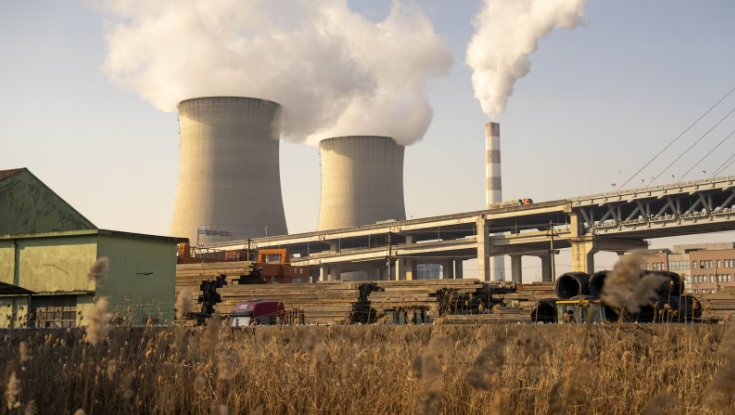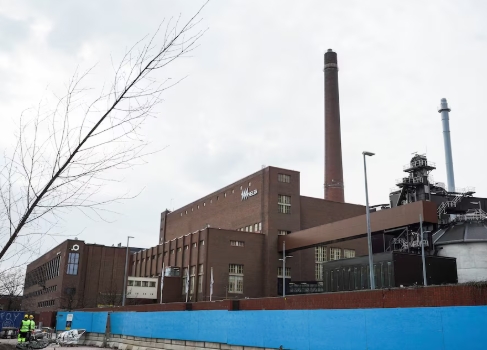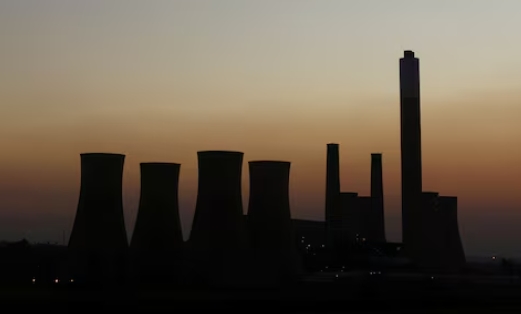44% of total new capacity came from thermal sources.

According to the National Energy Administration (NEA) of China, energy supply continued to improve in the first nine months of 2019: domestic crude oil production increased by 1.2%, compared to the same period of 2018, to 143 Mt, reversing three consecutive years of decline. Domestic gas production also grew by 9.5% year-on-year to nearly 128 bcm. Coal production should continue to increase, as 40 new large and medium-sized coal mines with a cumulated capacity of 196 Mt were approved during the 9-month period.
Between January and September 2019, the installed power capacity rose by more than 64.5 GW, including 16 GW of solar PV, 13 GW of wind, 4.1 GW of nuclear, and 2.8 GW of hydropower. Overall, 56% of the capacity was fossil-free and 44% (28.6 GW) of the capacity was thermal, with no breakdown by fossil-fuel sources. At the end of September 2019, the renewable capacity in China rose by 8% year-on-year to 764 GW, including 355 GW of hydropower, 198 GW of wind, 190 GW of solar PV and 21 GW of biomass.
Renewable power generation rose by 11% compared to the first 9 months of 2018, spurred by hydropower (+7.9%), wind (+8.9%) and solar PV (+28%).







